Challenge Brief
Narrative Design Document
Feel free to add illustrations, diagrams and samples of dialogue, quest design, or anything else you feel would play an important part in the storytelling. In a professional context, this would make up part of the game design document (GDD).
Setting: What kind of world does the game take place in? Consider the time and place, what kind of society this is, and what different cultures reside there. Also think about the geography and geology, as well as what plants and animal life exist. What are the rules of this universe? For example, is this a place close to mundane reality, or somewhere more magical and fantastic?
Time: Not too far in the future, a researcher and archeologist is determind to search ancient underwater cities to prove their origin and her ‘crazy’ theories.
Location: You begin quite far off the coast of Cornwall.
Harmful Wildlife: Electric Ray, Tope Sharks, European conger, Moray Eels and other harmful wildlife are lurking.
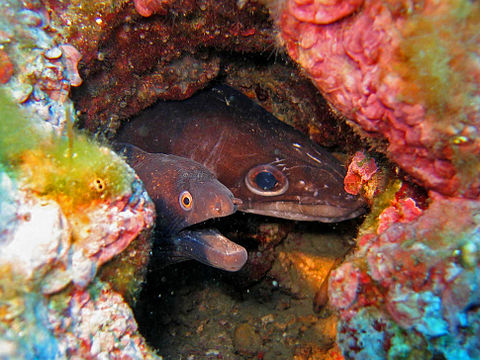
Fig 1. European conger 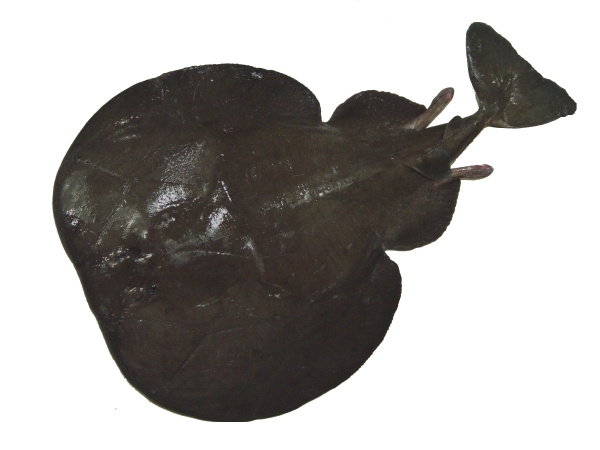
Fig 2. Electric Ray 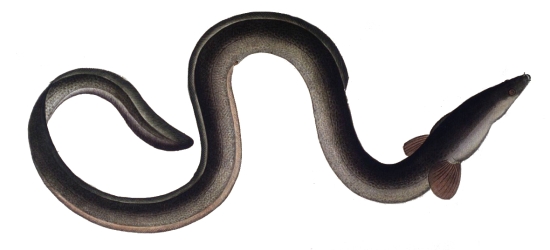
Fig 3. Silver eel 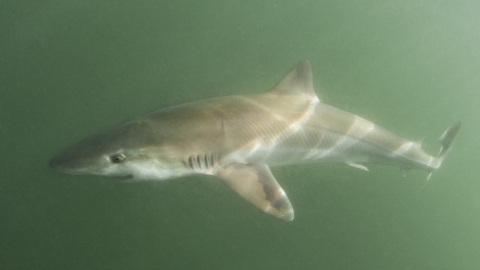
Fig 4. Tope Shark
Harmful Environment: Nets, Rubbish, Strong Currents, Low visibility, Chemically polluted water, Seaweed and other harmful environments will slow you down and disorientate you.
Atmosphere: The underwater city is ancient and eerie.
Characters: Who are the main protagonists and antagonists in this world? Do they follow or contradict established archetypes, such as the hero, the mentor, the villain, the monster or the princess? What do the characters want that motivates them to take actions within the story? Who or what is the ‘mascot’ that features prominently in the game’s marketing? (We explore the visual design of these characters next week.)
Phorbot, an exploration Robot (Phobot’s distant cousin!): Named after Phorcys the primordial sea god, you explore ancient ruins. You hear an anonymous voice, the robots controller, guiding you and sometimes you hear snippets of other conversations. If you die, another robot replaces you but the original robot stays where he died, to remind you.
Penelope, Phorbot (and Phobots) creator: An archeologist and researcher (the little girl from Phobot, is now an adult)
Jellyfish Robots: Friendly robots that aid you in protecting the sea
Plot: What happens in the story? Does the plot follow an established structure such as the hero’s journey, or murder mystery? If so, how do the different elements of those structures translate to gameplay? What conflicts drive events forward? How can the overarching plot be broken down into smaller gameplay segments? How does the plot resolve – does the hero save the day, or is life never that simple?
You’ve discovered an ancient city underwater, off the coast of Cornwall. You’ll discover clues to the locations of other ancient cities buried, and waiting to be discovered.
The first level is a maze, you have to discover a small entranceway to delve deeper into the ocean and explore the ruins of the city.
Mood: How should the player be feeling while they play through the game and experience the story? Perhaps they should be scared, excited, awed, relaxed or amused at different points. How do you establish these moods? Is the gameplay in harmony with the story: how can you avoid ‘ludonarrative dissonance’?
A large part of the Mood is feeling like you’re underwater, sometimes tranquil, sometimes claustrophobic and disorientated. I love swimming and I used to spend as long as I could swimming underwater, so I am largely relying on that sense and academic texts to guide me on how it should ‘feel’.
The atmosphere is a little creepy but child-like creepy. Channelling studio ghibli and the kindness, strangeness and danger that comes from our relationship with nature and the environment around us.
Narrative Structure: At what point do we enter the story? For example, do we start from a position of stability, which is later disrupted, or do we jump straight into the action, and fill in the backstory later? Remember the power of mystery to keep the audience engaged. Does the game take place in one continuous flow of time, or does it jump around? Are there multiple protagonists or narrators?
Start: Phorbot is immediately confronted with environmental hazards. Parts of a larger puzzle are revealed as you complete each level.
Non-linear: Inspired by the non-linear story telling in The Vanishing of Ethan Carter, I’m going to create levels so you can reach them at any point and the game will make sense. You are also not restricted to an underwater theme, some levels may play out in other unstable areas of archeology.
Storytelling Techniques: What methods are used to tell the story? For example, narration, illustrations, comic strips, cut-scenes, FMV (full motion video), dialogue, quests, audiologs, environmental storytelling and level design. Does the player have to do a lot of passive reading, watching or listening? What is the balance between story exposition and gameplay?
- Telling a story through level design
- Telling a story through illustration, inspired by Gorogoa
- Telling a non-linear story
- Environmental storytelling
Interactivity: How much agency does the player have in how the story unfolds? Are they just going along for the ride, or can their decisions change the course of events? What is the relationship between the main protagonist or avatar, and the player? Is the protagonist a silent blank-slate for the player to project themselves onto, or are they a well-defined character with desires and motivations?
Tellling stories through interaction, without breaking the flow. “There’s a single moment in Ethan Carter when control is taken away from the player, and Chmielarz notes that he attempted to follow the PENS model, “to assure the players always feel autonomy, competence and relatedness” (Gamasutra 2014).
Theme: Is there an overall theme or meaning to the game’s narrative? What is the player supposed to have learned by the end of it?
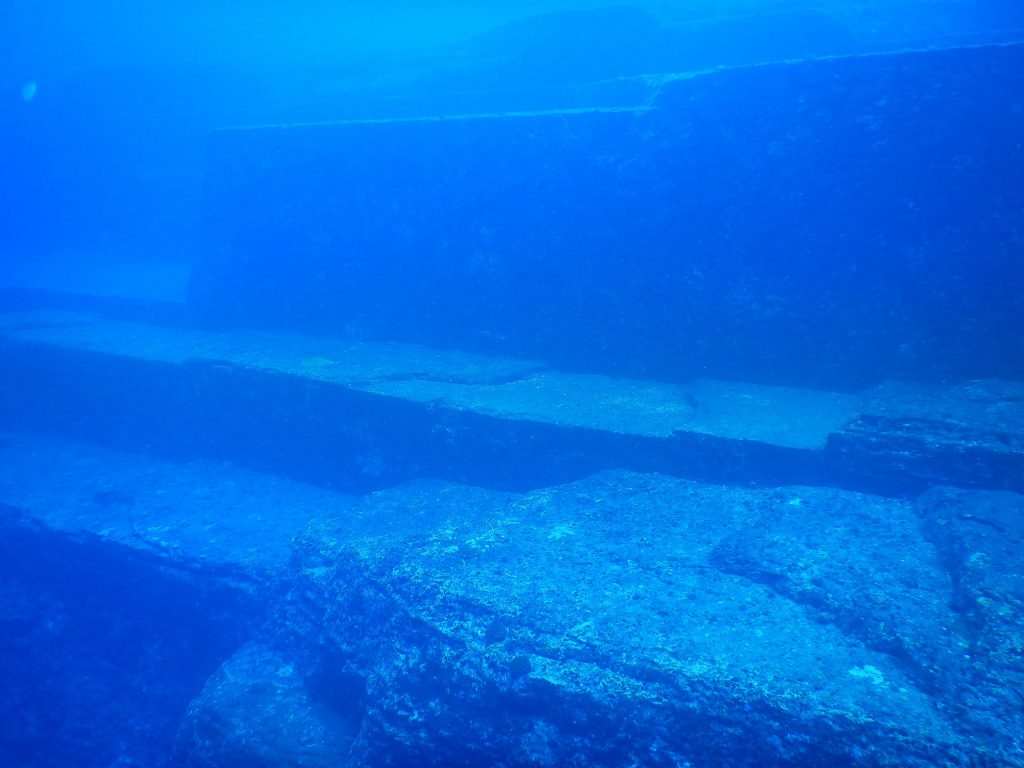
Fig 4. Yonaguni Monument 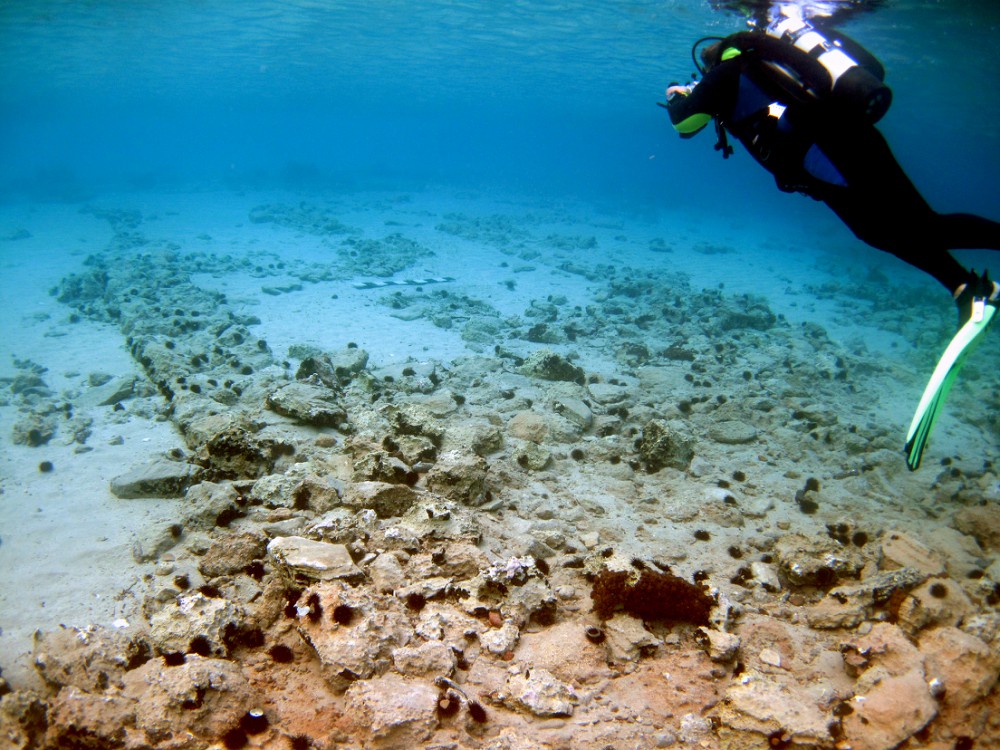
Fig 5. Pavlopetri, Greece 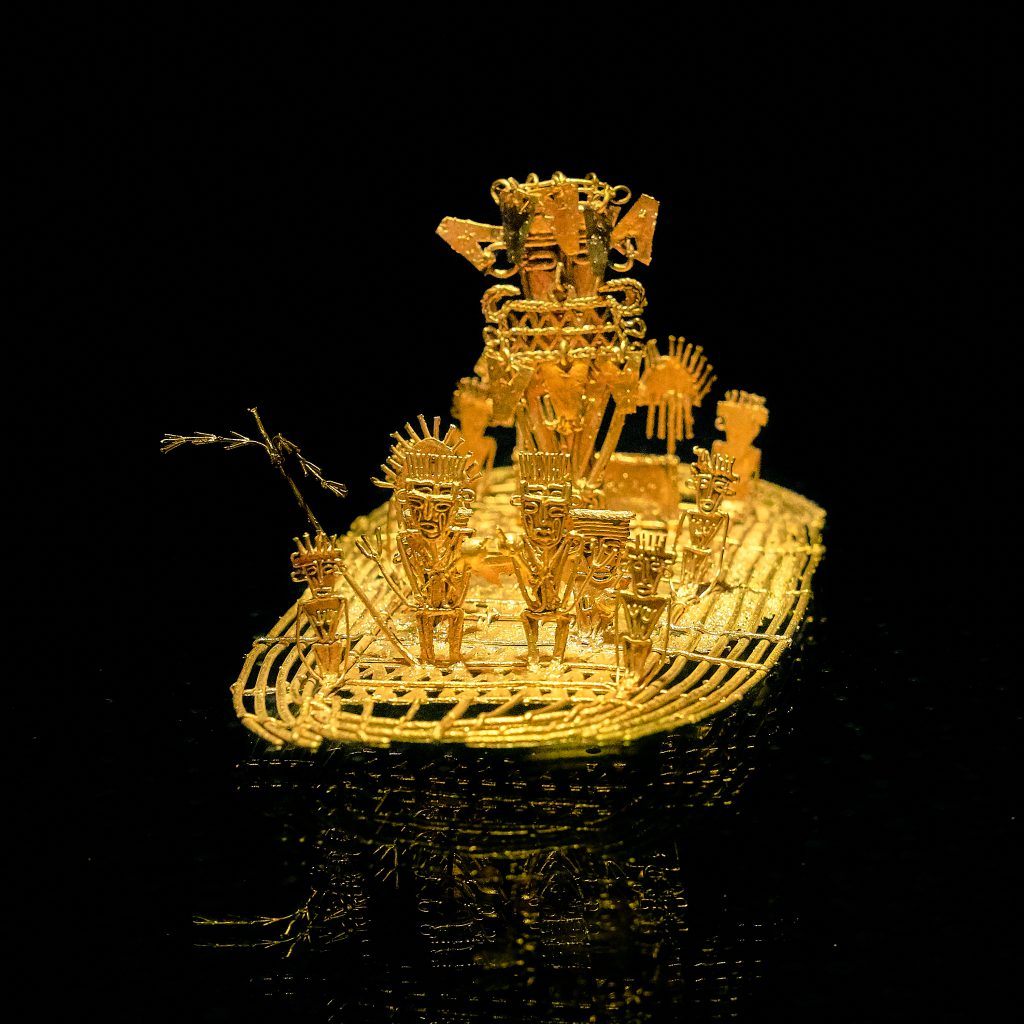
Fig 6. El Dorado
The theme is the universal love for mystery, ancient history and rediscovering our past.
List of Figures
Fig 1. https://en.wikipedia.org/wiki/Moray_eel#/media/File:Spotted_moray_eel.jpg
Fig 4. Wikipedia commons
Fig 5. Pavlopetri, Greece
Fig 6. Wikipedia commons
References
‘Japan’s Ancient Underwater “Pyramid” Mystifies Scholars’. 2007. History [online]. Available at: https://www.nationalgeographic.com/history/article/yonaguni-jima-japan-underwater-city [accessed 19 Feb 2021].
‘Ludonarrative Dissonance in Bioshock’. 2021. Click Nothing [online]. Available at: https://www.clicknothing.com/click_nothing/2007/10/ludonarrative-d.html [accessed 20 Feb 2021].
‘Narrative Design’. 2019. Bradley Plaxen [online]. Available at: https://bradleyplaxen.com/narrative-design-2/ [accessed 20 Feb 2021].
ROSE, Mike. 2021. ‘The Year of Narrative Design Theory That Went into The Vanishing of Ethan Carter’. [online]. Available at: /view/news/226797/The_year_of_narrative_design_theory_that_went_into_The_Vanishing_of_Ethan_Carter.php [accessed 20 Feb 2021].
‘Silver Eel | Britishseafishing.Co.Uk’. 2012. [online]. Available at: https://britishseafishing.co.uk/silver-eel/, https://britishseafishing.co.uk/silver-eel/ [accessed 22 Feb 2021].